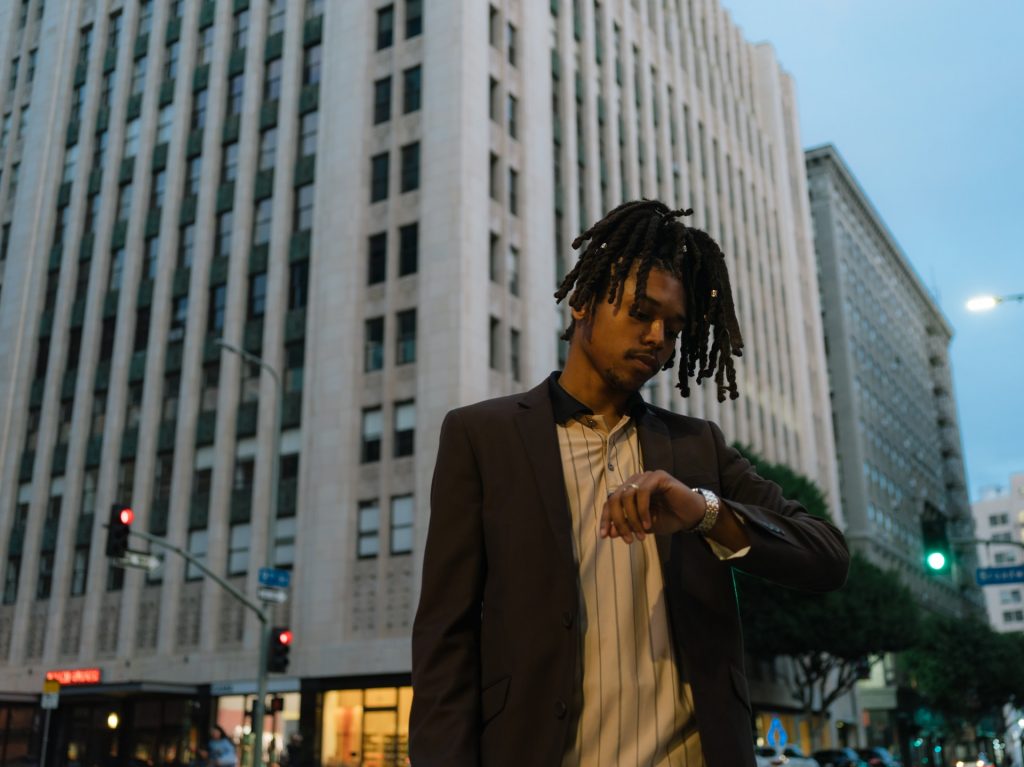
Imagine the excitement, the joy, and sometimes even the nervousness that comes with stepping into adulthood. Across the globe, various cultures mark this significant transition in a person’s life with unique and meaningful ceremonies. Coming-of-age ceremonies are like a universal language that speaks of growth, responsibility, and the blooming of youth into maturity. These events are more than just a celebration; they are rites of passage that often include teachings, rituals, and traditions passed down through generations. From the lively quinceañeras in Latin America to the reflective Seijin Shiki in Japan, these ceremonies are a window into the rich tapestry of cultures and communities. They bind societies together and create memories that last a lifetime. Join us on a journey exploring these pivotal moments that gracefully usher young individuals into the world of adulthood.
Sweet Sixteen in the United States
Close your eyes and picture a room filled with laughter, music, and a kind of joy that’s almost tangible. Here, in the United States, the Sweet Sixteen is a moment in time that’s eagerly anticipated by many young girls. It’s more than just a birthday party; it’s like a melody that plays the first notes of adulthood. This celebration symbolizes a girl’s journey from childhood into the next phase of her life.
Imagine a room adorned with twinkling fairy lights, balloons, and a magnificent cake at the center. The birthday girl, in a stunning dress, is surrounded by friends and family who have come to share in this milestone. There are dances with parents, toasts, and sometimes even tears of happiness. Through these festivities, you can almost hear the soft whisper of growing up. The Sweet Sixteen is a tapestry of tradition and youthful dreams, woven seamlessly into the fabric of American culture. It’s a heartbeat, a song, and a memory painted in the hues of joy and anticipation.
Day of the Dead Across Borders

In the heart of Mexico, the Day of the Dead, or Día de los Muertos, is a vibrant celebration that honors the memory of loved ones who have passed away. Picture a canvas painted with marigold flowers, sugar skulls, and heartfelt tributes. Now, imagine this rich tradition blooming beyond its borders and finding a home in the United States.
Mexican-American communities bring the spirit of this day alive in their own unique ways. The fusion of cultures results in a tapestry of tradition that’s both heartwarming and respectful. Some of the practices adopted include:
- Altars: Families create colorful altars filled with photos, candles, and favorite foods of the departed.
- Parades: Communities organize lively parades featuring costumes, music, and dance.
- Art Exhibits: Local artists showcase themed artwork that pays homage to the celebration.
- Storytelling: Tales and anecdotes about loved ones are shared, keeping memories alive.
- Culinary Delights: Traditional Mexican dishes like tamales and pan de muerto are prepared with love.
Intriguingly, the Day of the Dead has been beautifully embraced and integrated into the cultural mosaic of the United States. Smithsonian’s National Museum of the American Indian often showcases how such traditions are celebrated and respected across borders. This mingling of practices results in a celebration that is both a remembrance and a vibrant expression of life, proving that love and memories indeed know no boundaries.
Appreciating Unity in Diversity
One of the most beautiful aspects of celebrating traditional festivals and customs in a multicultural society is the sense of unity it fosters. When people from different backgrounds come together to partake in each other’s celebrations, they weave a tapestry of shared experiences that goes beyond mere cultural exchange.
Take for instance, the vibrant festivals of lights celebrated across the globe. From Diwali in India to Hanukkah in Jewish traditions and the Lantern Festival in China, each culture has its own distinctive flavor of marking the triumph of light over darkness. In the United States, where people from these diverse cultures coexist, these festivals create an opportunity for everyone to come together.
By engaging in these celebrations, people create an atmosphere of mutual respect and understanding. It’s like being invited into someone’s home and getting a glimpse of their world, their joys, and their history. This practice not only enriches the cultural fabric of the society but also deepens the connections between individuals. Through these shared experiences, people discover that despite the varied expressions of joy, the underlying emotions are universal, fostering a sense of togetherness that is truly heartwarming.
Learning from Each Other’s Lifestyles

Diving into diverse cultures allows us to pick up valuable life lessons that can have a profound impact on our personal growth. Different societies, with their unique traditions, showcase varying approaches to leading a fulfilling life. Here are a few remarkable examples:
- Work-Life Balance: In Scandinavian cultures, the emphasis on balancing work and personal life is profound, leading to happier and more productive societies.
- Community Bonds: Traditional African societies often place a strong emphasis on community and familial ties, fostering a supportive environment.
- Mindfulness Practices: Eastern cultures, such as those in Japan and India, have given the world practices like meditation and mindfulness that focus on mental well-being.
These traditions aren’t just isolated practices but are threads in a rich global tapestry that can be explored through resources like the Smithsonian’s Center for Folklife and Cultural Heritage. By understanding and appreciating the nuances of these lifestyles, we can pick up practices that resonate with us and seamlessly weave them into our own lives, enriching our experiences and broadening our perspectives.
Preserving Traditions Across Generations
Traditions are not just about the past; they are living, breathing aspects of cultures that continue to evolve while maintaining their core essence. One of the most beautiful ways that traditions are passed down is through celebrations that mark the milestones in our lives. For instance, various cultures have unique and deeply symbolic birth rituals that are not only a celebration of life but also a rite of passage for the family and community. These rituals encapsulate the values, hopes, and cultural wisdom of generations. From the melodies of lullabies to the vibrant colors of celebration, these practices have a profound way of connecting us to our roots. By participating in or even just learning about these rituals, individuals can feel a sense of belonging and understand the depth of human experiences across different cultures.
A Tapestry of Cultures
Our world is a beautiful mosaic, each piece reflecting a unique tradition, culture, or lifestyle. When we take the time to explore and understand these practices, we not only enrich our minds but also deepen our respect for the diversity that makes humanity so fascinating and vibrant.







